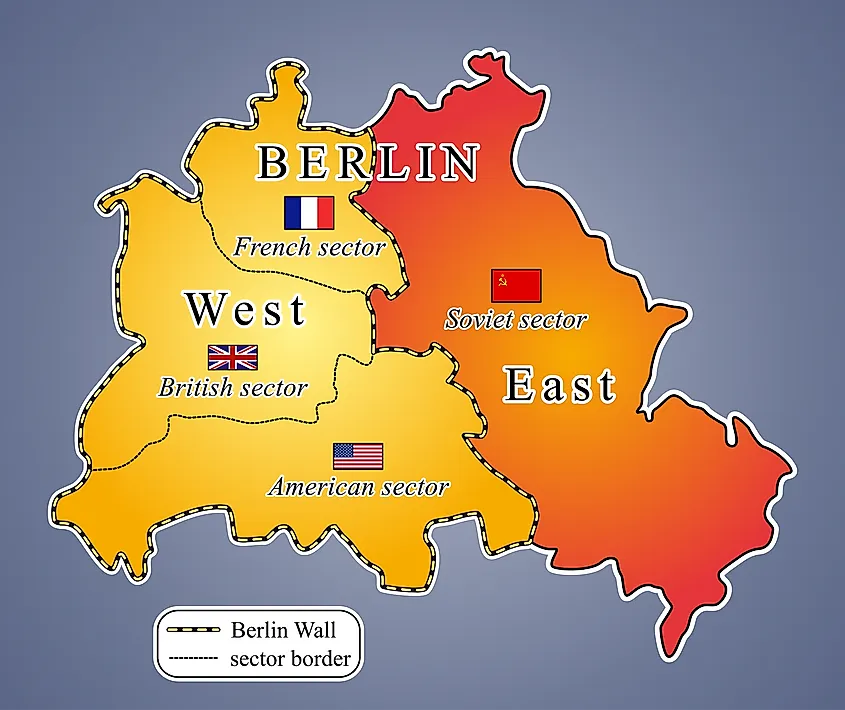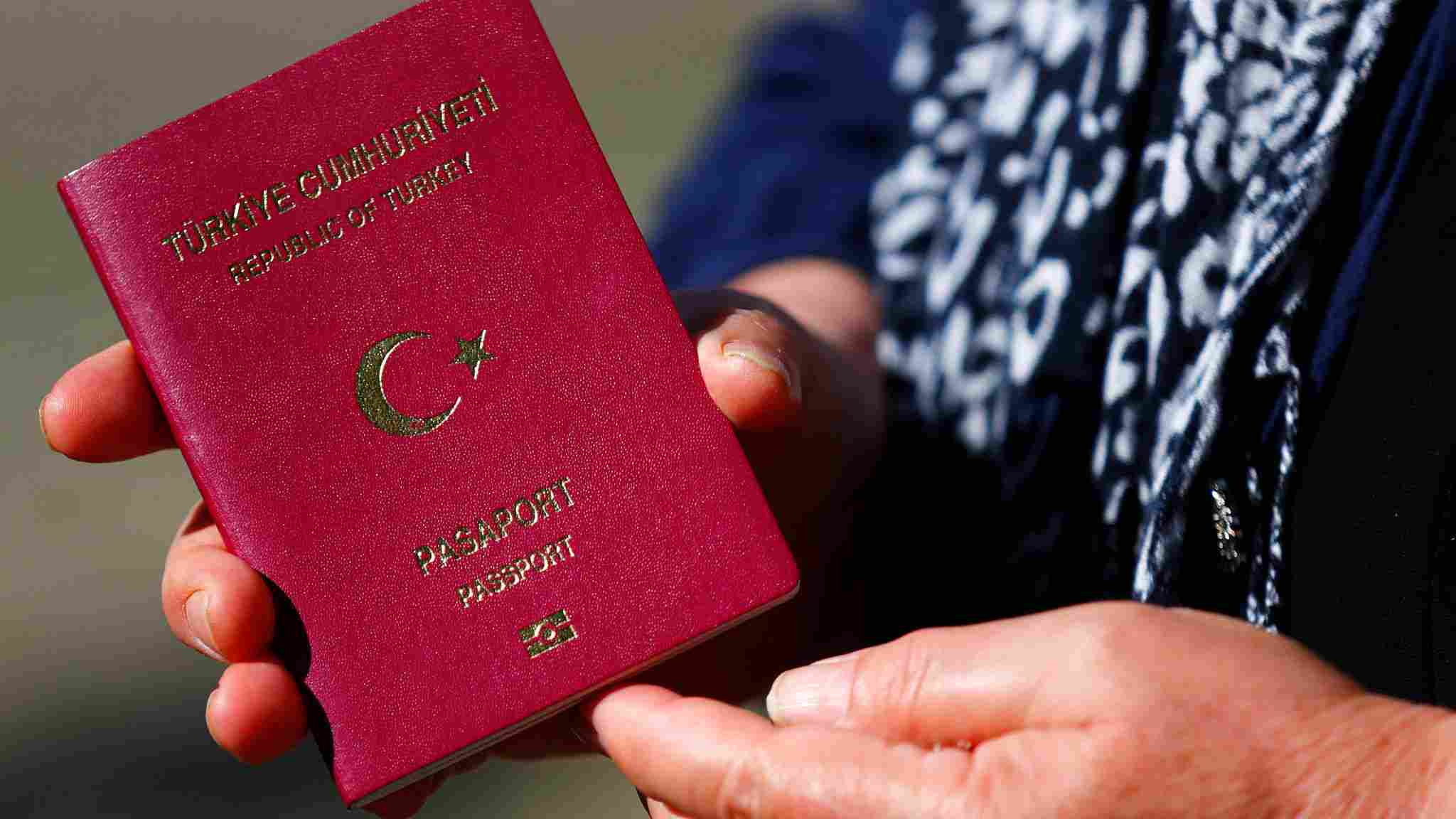Traveling between West Berlin and West Germany during the Cold War was an experience marked by tension, bureaucracy, and the ever-present shadow of political strife. The division of Germany after World War II created a complex landscape where travel was not merely a matter of movement but a reflection of the ideological rift that characterized the era. As the Berlin Wall rose in 1961, the physical and psychological barriers solidified, complicating the journeys of many West Berliners who sought to navigate the borders into West Germany. This blog post explores the intricacies of these travel routes, the historical context of East Germany, and the personal experiences that highlight the resilience of those who traversed these borders.

Historical Context of East Germany
East Germany, formally known as the German Democratic Republic (GDR), was established in 1949 as a response to the geopolitical realities following World War II. With significant influence from the Soviet Union, East Germany adopted a socialist regime characterized by repression and surveillance. In the early years, the government implemented strict measures against dissent, leading to the imprisonment of thousands who opposed the state. This oppressive atmosphere created a society where fear and suspicion were pervasive, profoundly affecting the experiences of travelers who had to cross through East German territory. The government’s tight grip over movement and expression meant that travel was fraught with uncertainty. Anyone attempting to cross the border faced scrutiny from East German authorities, who were tasked with maintaining the integrity of the state. This backdrop of repression and control shaped the journey for many, as they navigated not just physical borders but the psychological barriers imposed by a regime that sought to stifle freedom.
Travel Methods: An Overview
For West Berliners wishing to travel to West Germany, various methods were available, each with its own set of challenges and regulations. Road travel was a common choice, but it required adherence to specific routes, leaving no room for deviation. Travelers often found themselves on narrow, heavily monitored roads, with checkpoints that could delay their journeys for hours. The regulations were stringent, and any misstep could lead to severe consequences. Rail travel offered another option, with specially designated corridors that allowed West Berliners to traverse East Germany. Trains would often be escorted, and passengers were subjected to thorough checks. While this mode of transportation was generally more reliable, it still came with its share of anxieties. Air travel, while providing a more direct route, was limited to flights from select airports, further complicating travel plans. Each method of transportation became a strategic choice, with travelers weighing the risks and regulations associated with each.
The Role of the Berlin Wall
The construction of the Berlin Wall in 1961 marked a pivotal moment in the history of divided Germany. Erected to stem the tide of East Germans fleeing to the West, the Wall became a formidable barrier, both physically and symbolically. For West Berliners, the Wall meant heightened restrictions and a new layer of complexity when attempting to travel to West Germany. It transformed the border into a hardened line of division, intensifying the separation between the two German states. Over the years, the Wall not only restricted movement but also served as a constant reminder of the ideological battle that defined the Cold War. Personal stories from those who crossed the border during this time reveal the anxiety and uncertainty that accompanied each journey. Yet, amidst the oppression, there were moments of diplomacy where efforts to ease tensions began to emerge, reflecting a desire for improved relations and greater freedom of movement.
The Basic Treaty of 1972
A significant turning point in inter-German relations came with the signing of the Basic Treaty in 1972. This landmark agreement recognized both East and West Germany as sovereign entities and laid the groundwork for dialogue between the two nations. The treaty facilitated a more cooperative environment, leading to improved travel conditions for citizens of both states. As part of the treaty’s implementation, East German border guards were instructed to adopt a more courteous approach towards travelers. This shift was a notable departure from the previous atmosphere of suspicion and hostility. The Basic Treaty not only eased border crossings but also fostered a sense of hope and possibility for West Berliners, who had long navigated the complexities of travel under stringent regulations. The newfound sense of cooperation allowed many to experience a semblance of normalcy in their journeys, highlighting the potential for reconciliation in a divided Germany.
The Häftlingsfreikauf: Political Prisoner Trading
One of the more troubling aspects of East German policy was the practice of trading political prisoners, known as Häftlingsfreikauf. This controversial arrangement, which took place between 1964 and 1989, involved West Germany making significant financial payments to East Germany in exchange for the release of political prisoners. Initially shrouded in secrecy, this practice eventually became public knowledge, raising ethical questions about the commodification of human rights. The economic struggles faced by East Germany played a crucial role in the continuation of this trade. As the state grappled with financial difficulties, the release of prisoners became a bargaining chip in political negotiations. This dark chapter not only highlighted the complexities of human rights during the Cold War but also underscored the lengths to which both governments would go to maintain their respective narratives. The implications of these trades cast a long shadow over inter-German relations, reminding us of the human cost associated with political maneuvering.
Personal Experiences of Travelers
The personal experiences of those who traveled between West Berlin and West Germany provide a poignant glimpse into the realities of life during the Cold War. Anecdotes from travelers often recount encounters with East German border guards, whose scrutiny could turn even routine journeys into stressful ordeals. The tension at the border was palpable, as travelers faced invasive questioning and the threat of being denied entry. Yet, amidst the challenges, stories of resilience and determination shine through. Many travelers recount moments of camaraderie with fellow passengers, sharing their fears and hopes during the arduous crossing. These narratives humanize the broader political landscape, illustrating how individuals navigated not just physical barriers but also the emotional toll of living in a divided world. The experiences of those who crossed the border serve as a powerful reminder of the human spirit’s capacity to adapt and persevere in the face of adversity.
The Impact of Cold War Politics on Travel
The political climate of the Cold War had a profound impact on travel policies and the experiences of individuals. Strict border regulations were often arbitrary, reflecting the broader ideological divide between East and West. The desire for freedom of movement clashed with the East German government’s efforts to control its population, creating a complex dynamic that defined the era. Traveling during this time was not merely a matter of crossing a physical border; it involved navigating a labyrinth of political realities. The challenges faced by travelers were emblematic of the larger struggle for freedom and autonomy in a divided world. Each journey became a microcosm of the geopolitical tensions of the time, highlighting the intricate relationship between personal experiences and the broader historical context.
Conclusion: Reflections on a Divided Past
The challenges of traversing the borders between West Berlin and West Germany serve as a powerful reminder of the impact of division on individuals and societies. As the Cold War drew to a close, the barriers that once defined travel began to dissolve, paving the way for reunification and a new era of cooperation. The legacy of this period prompts reflection on the importance of freedom, unity, and the resilience of the human spirit. Today, the stories and histories from this time continue to resonate, reminding us of the value of connection in a divided world. As we reflect on the past, it is crucial to acknowledge the struggles faced by those who navigated these borders, as their experiences offer valuable lessons on the importance of empathy, understanding, and the enduring pursuit of freedom.
 Comprehensive Guide to Obtaining a Turkish Visa
Comprehensive Guide to Obtaining a Turkish Visa